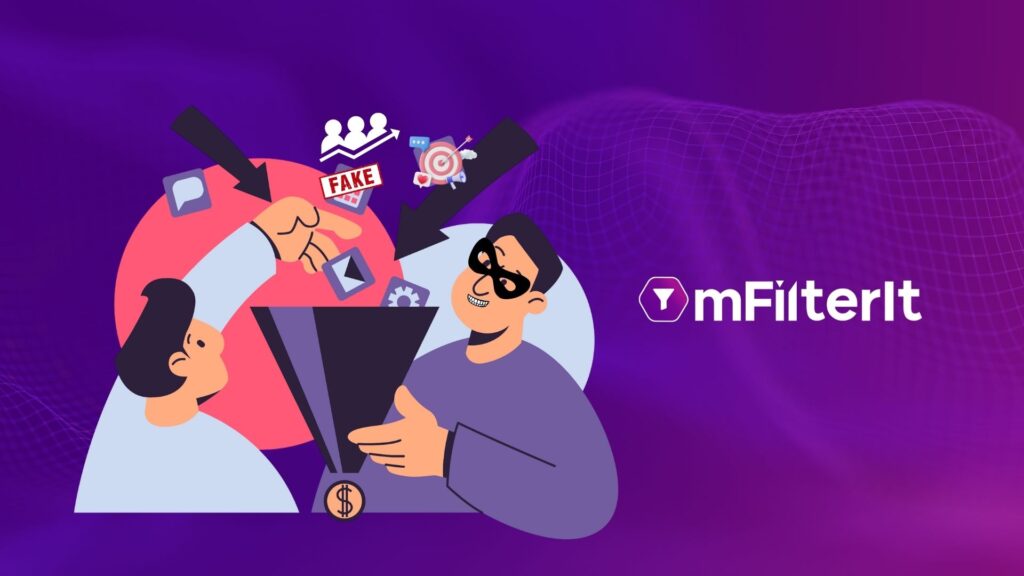India witnessed mobile ad fraud of over Rs 573 crore during Q3 2019 over fake installations.
A recent report by Sensor Tower ranked India as the country with maximum app installs in 3Q (Jul-Sep) 2019. It reported 5 billion app installations for India out of 29.6 billion app installs globally. This is excellent news for the country. However, at the same time, it also means an increase in ad fraud.
As per mFilterIt internal analysis, over 273 million fake apps installation during July 2019 in India alone. This translates to a loss of over Rs 573 crore in Performance Marketing spending.
Over 15% of the total app installs come through publishers, with an average fake user rate of 35%. Publishers are essential stakeholders in the value chain as they hold and influence particular communities that are potential users of several apps. This makes the engagement of app makers inevitable with the Publishers.
At the same time, it is not that all Publishers resort to ad fraud and acquire fake users for the advertisers. Some Publishers get 100% validated genuine users to the Advertisers. For marketers, the key to success is engaging with a neutral ad-fraud solution that can validate the KPIs claimed by Publishers in an unbiased way.
With too many apps available to users and the app ‘real estate’ becoming increasingly precious, it becomes equally essential for advertisers to engage with genuine users who not only install an app but also keep the engagement on.
With the valuation models changing for businesses, the user base no longer remains the only factor to gauge success. How engaging the users are with an application is the most critical part. There is an increasing challenge of Brand Safety, which comes with ad fraud.
The organic traffic stealing misaligns the brand positioning and raises doubts about the performance of organic marketing, which does not come cheap. Also, organic performance is much more robust and has long-term implications for the brand.
To conclude, advertisers must engage with Publishers and even have a reward system for the best partners. However, the performance cannot be judged by looking at attribution results alone. There has to be a neutral third-party validation that brings transparency to the system. That’s the most straightforward resolution of the issue.
Get in touch to learn more about Ad fraud in India.







